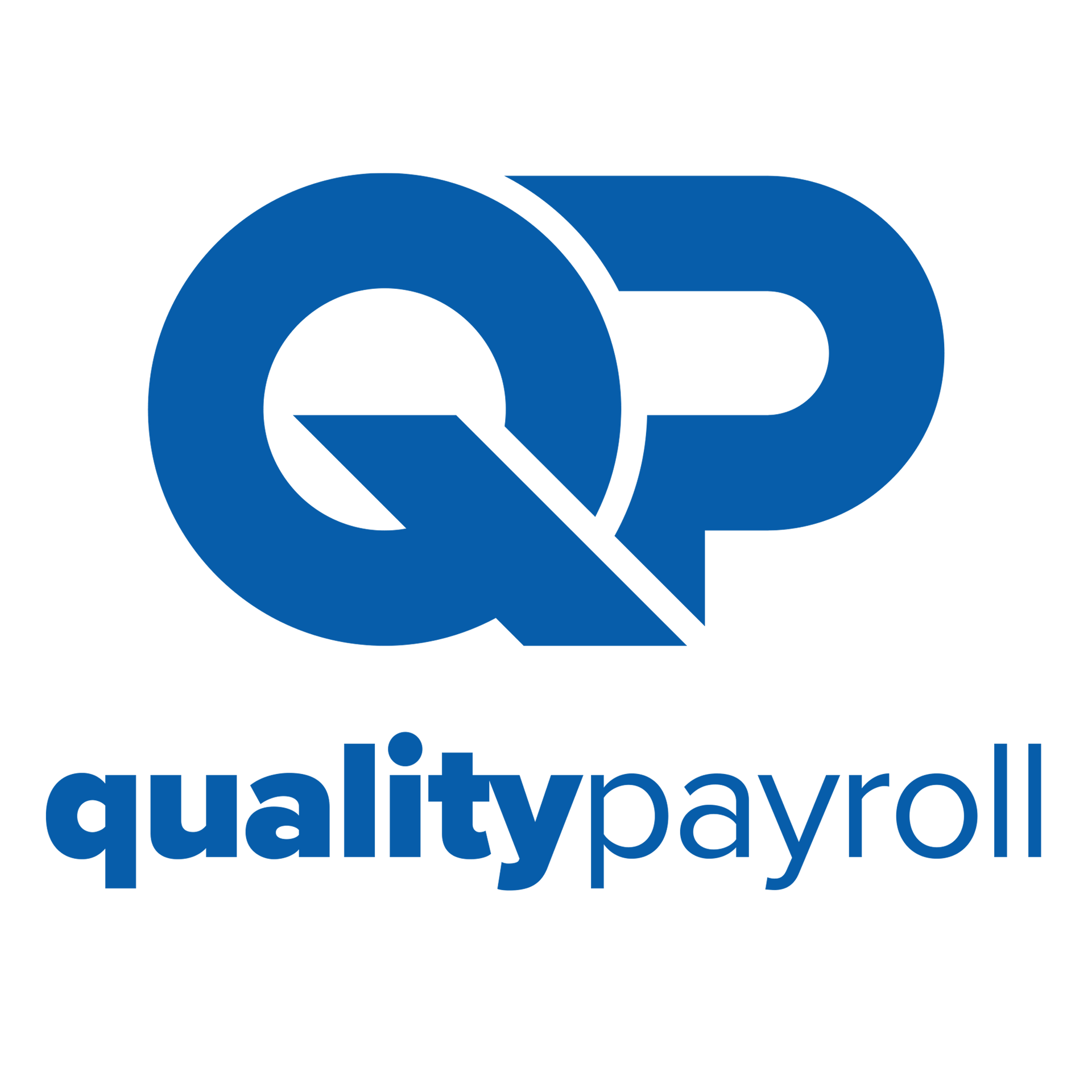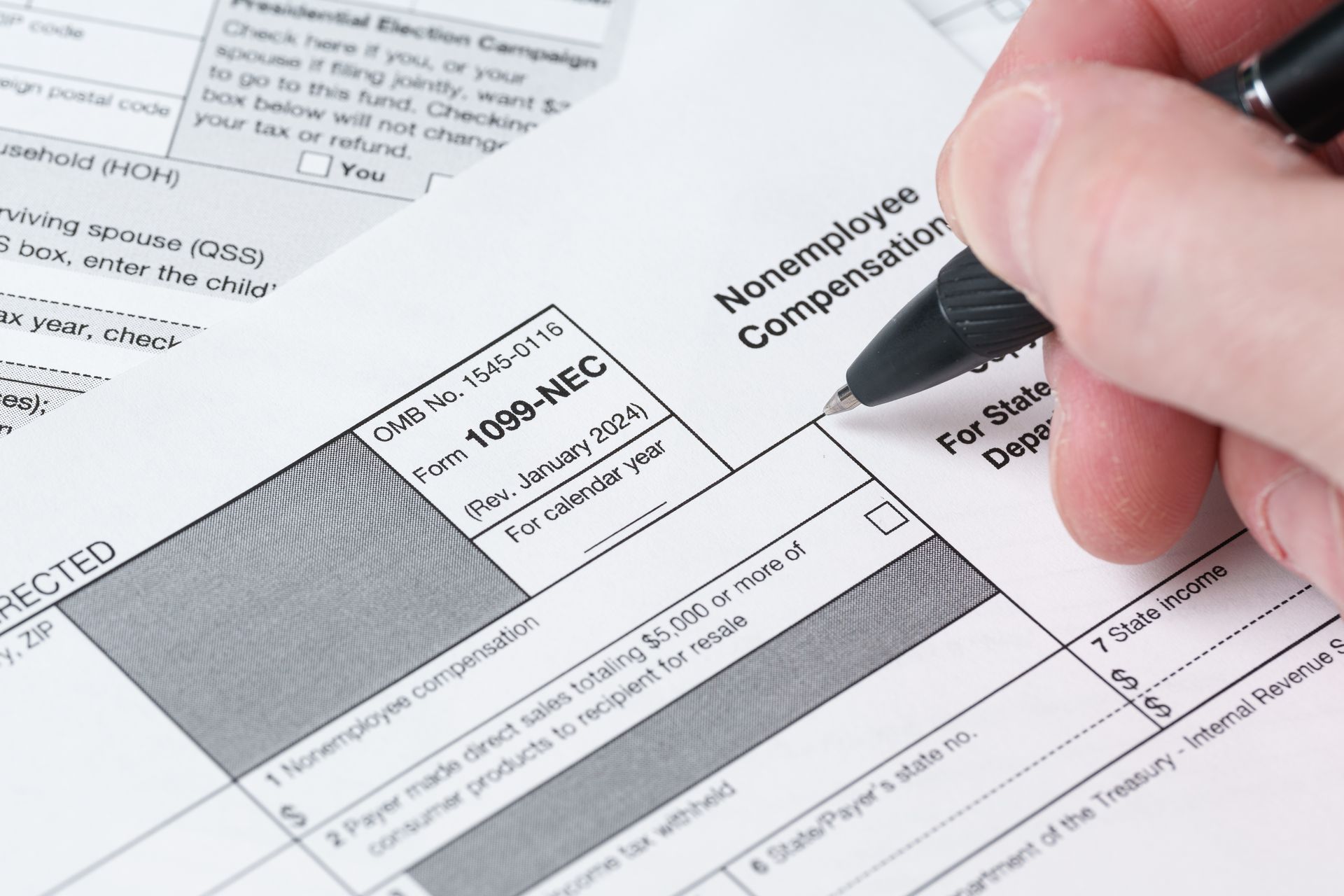Creating a Comprehensive Payroll Calendar: Key Dates and Best Practices
A streamlined payroll process is the backbone of any successful business. At Quality Payroll & Benefits, helping clients maintain accurate, timely payroll is our priority. One of the most effective ways to achieve this is by developing a comprehensive payroll calendar—a strategic tool that ensures your employees are paid on time, tax obligations are met, and compliance risks are minimized. In this guide, we’ll walk you through the essential steps to building a payroll calendar, key dates to remember, and best practices for simplifying your payroll process.
Why a Payroll Calendar Matters
Organizing payroll might seem straightforward, but even small errors or missed deadlines can lead to compliance issues, unhappy employees, and costly penalties. According to the American Payroll Association, payroll errors can cost employers up to 1.2% of their total payroll. A detailed payroll calendar helps prevent these mistakes by mapping out every crucial date and task, creating a proactive workflow that minimizes last-minute scrambles.
Key Dates to Include in Your Payroll Calendar
A robust payroll calendar should encompass more than just paydays. It must account for tax deposit due dates, quarterly and annual tax filings, benefits processing, and other key milestones. For instance, federal tax deposit schedules can vary depending on employer size and deposit frequency, which the IRS outlines here.
Some of the most important dates to include are:
- Pay Period End Dates: Knowing when each pay period closes is essential for accurate time tracking and payroll calculations.
- Pay Dates: Schedule when employees will receive their wages, whether weekly, biweekly, semimonthly, or monthly.
- Federal Tax Deposit Deadlines: These can be semi-weekly or monthly, depending on your company’s deposit schedule. Missing these can result in significant fines.
- Quarterly Tax Filings: Forms like 941 for federal income tax and FICA are due after each calendar quarter.
- Annual Filings: W-2 and 1099 forms must be distributed to employees and the IRS by January 31 of each year.
- State and Local Requirements: Be sure to factor in any state-specific payroll tax deadlines or local requirements.
- Benefit Contribution Deadlines: Include cutoff dates for 401(k) contributions, health insurance premiums, and other deductions.
Steps to Building a Detailed Payroll Calendar
Start by reviewing your company’s pay schedule and list all relevant deadlines for the year. Use a digital calendar or payroll software to input these dates and set up reminders in advance—ideally, at least a week before each due date. This provides a built-in buffer for unforeseen delays or last-minute changes.
Integrate cross-departmental responsibilities as well. For example, HR should update the payroll team regarding new hires or terminations, while accounting should confirm the availability of funds for each payroll run. Collaboration ensures that no critical step is overlooked.
Lastly, communicate your payroll calendar to your team. Sharing this schedule with relevant staff fosters transparency and allows employees to plan accordingly, reducing payroll-related inquiries.
Leveraging Technology for Payroll Management
Modern payroll systems can dramatically reduce the administrative burden of managing key dates. Tools such as automated reminders, real-time notifications, and cloud-based scheduling are now industry standards. According to a 2023 survey by Deloitte, 74% of organizations that adopted digital payroll solutions saw significant reductions in payroll processing errors.
Using payroll management software not only automates reminders for upcoming deadlines but also helps ensure compliance with changing regulations. Choosing a provider like Quality Payroll & Benefits means you’ll have access to integrated tools that sync with tax calendars, benefits administration, and direct deposit schedules, keeping your payroll operation smooth and efficient.
Staying Updated with Payroll Legislation
Payroll requirements are subject to change at both federal and state levels. New tax laws, wage regulations, and reporting standards can affect your payroll calendar. For instance, the U.S. Department of Labor regularly updates guidelines on pay frequency and wage standards. Failing to stay informed can result in missed deadlines or non-compliance.
Subscribe to trusted payroll and HR newsletters, join professional organizations, or partner with a payroll service provider that monitors legislative updates for you. This proactive approach ensures your payroll calendar is always aligned with the latest requirements, giving you peace of mind and protecting your business.
Best Practices for a Seamless Payroll Process
Beyond simply marking dates, consider these best practices to enhance your payroll workflow:
- Set Multiple Reminders: Use both digital and physical reminders to keep key dates top-of-mind.
- Review and Reconcile: Regularly audit your payroll data for discrepancies, especially before major deadlines.
- Backup Documentation: Store all payroll records securely and back them up regularly to avoid data loss.
- Plan for Holidays and Emergencies: Adjust your payroll calendar for federal holidays, and have contingency plans for unexpected disruptions.
- Educate Your Team: Provide ongoing training on payroll procedures, especially when new software or regulations are introduced.
Empower Your Business with a Smart Payroll Calendar
A comprehensive payroll calendar is more than a schedule—it’s a safeguard against compliance issues, a roadmap for timely payments, and a foundation for a positive workplace culture. By leveraging technology, staying current on legislation, and adhering to best practices, you set your business up for long-term success.
If you’re ready to streamline your payroll process, Quality Payroll & Benefits is here to help. Explore our services or get in touch with our team to discover how we can simplify your payroll management—so you can focus on what matters most: growing your business.










